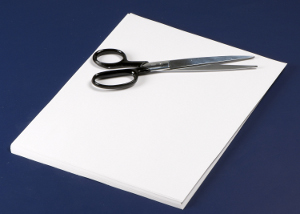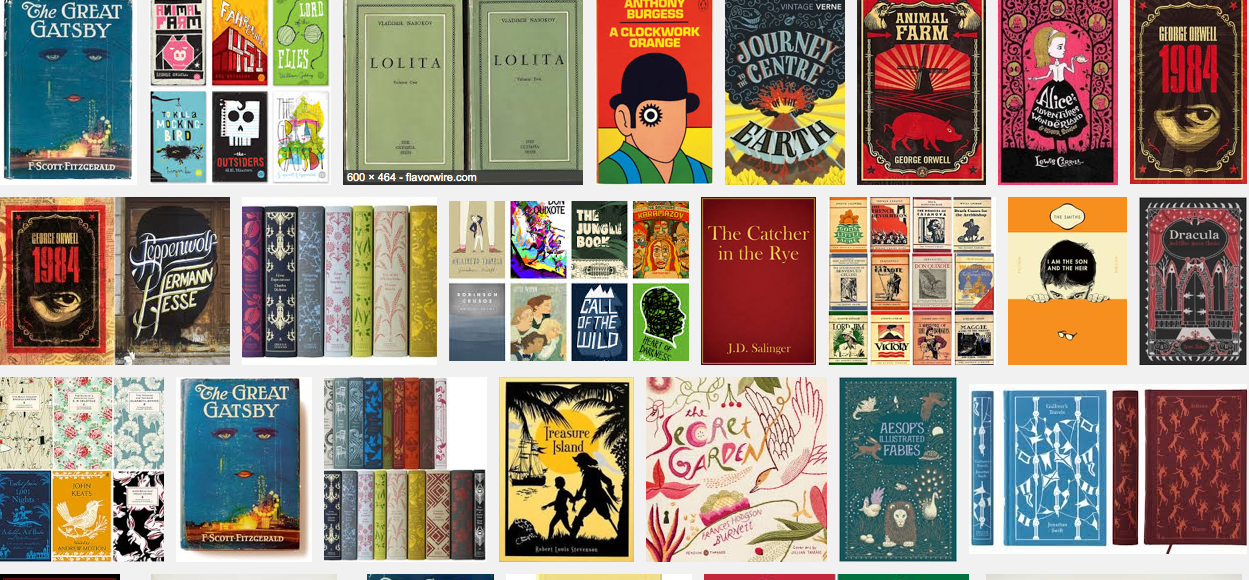Ebook Cover Size Specifications

As a general guideline, the ideal specifications for ebook formatting are: 600px x 800px using Jpeg format for the cover image. The file should be between 5KB and 2MB. Most designers will work according to these size and proportion requirements. This is the optimum size since it allows the cover to fill the screen without superfluous white spaces surrounding it. 500 pixels horizontally and 800 pixels vertically is seen as the minimum acceptable size for the cover, but this may result in a minute image dominated by white space. If you need to go beyond 800 on the longest size, never exceed 2000 pixels, as the formatters will simply downsize the cover before publishing.
There are some general thumb rules to apply when designing your ebook cover. Firstly, it is generally better to use some colour for an aesthetically pleasing cover that catches the attention of potential buyers. Although the original Kindle formatting requires grey scale, most modern, updated versions allow and encourage the use of colour. Indeed, ebook can be read byt tablets too, which use color. Large fonts for the title are also good sellers and it is best to avoid having too many images as this makes the final product congested or even aggressive when it is downsized to a thumbnail. Obviously, the cover needs to look good when full-sized, but the fact that this is not what the client will see at first should never be forgotten. Finally, it is always recommended to create for images that will be downsized rather than designing a small cover that will be made bigger as this often leads to blurring.
It is also necessary to take into account the fact that there are several types of ebook covers available, hence your final dimensions should be chosen according to the type of cover you intend to use the most. The embedded cover is the first page of the ebook and is most often sized differently from store to store. The catalog cover is the one which is displayed on the store’s website i.e. Amazon, B&N or iBooks. The print cover is used solely when the ebook is also going to be available in print edition. This cover will generally be much larger than the publicity or catalog covers, which are primarily used for ebooks. Finally, the publicity cover is used for books which will be advertised on websites, blog headers, business cards etc. For more information about the best sizes for this cover, you should consult your designer. When designing your cover always bear in mind on which device your ebook will most likely be read. For example, if your book is only going to be displayed on the store’s website, you should concentrate on the catalog cover. Ideally, your product should look good on all devices, but in order to increase your sales focus on the device you are going to use the most.
Kindle is the principal ebook reader; therefore it is worth taking its specific requirements into account. These are as follows:
- A minimum of 500 pixels horizontally and 1280 pixels vertically.
- 72 dpi
- JPEG or TIFF files for images.
Kindle also has additional specifications for embedded covers:
- 600px x 800px
- JPEG
- 300 dpi
- Under 127 KB
In order to successfully meet these requirements, 167 – 300 ppi is the ideal resolution, although it is also possible to use 72 dpi without any problems.
Barnes & Noble on the other hand requires the following for the embedded cover:
600px x 730px
JPG, PNG, or GIF files for the images.
Under 300 kb.
Finally, when using an Ipad the optimum specifications for the embedded Cover are: 600px x 860px; JPG, PNG, GIF; 132 ppi; Under 200kb
As you can see specifications vary from one store to another and so it is important to know beforehand which retailer you intend to use.
No matter the retailer you use, images should be RGB and not CMYK. The exact resolution and size vary according to the format and retailer used, but 600 pixels x 800 pixels generally works for all of them.
Research is key when producing a successful ebook cover; you should discuss specifications with your designer and think about the exact kind of cover you wish to focus on and retailer that you wish to work with. As has been noted, the cover is primordial in selling your final product, so it is worth taking the extra time to make sure that it is attractive and conforms to requirements.
Anyway, we are here to help. So, any question or suggestion is very much welcomed, and we will be happy to give you advices on what is best for you.







you need to login or register to post a comment